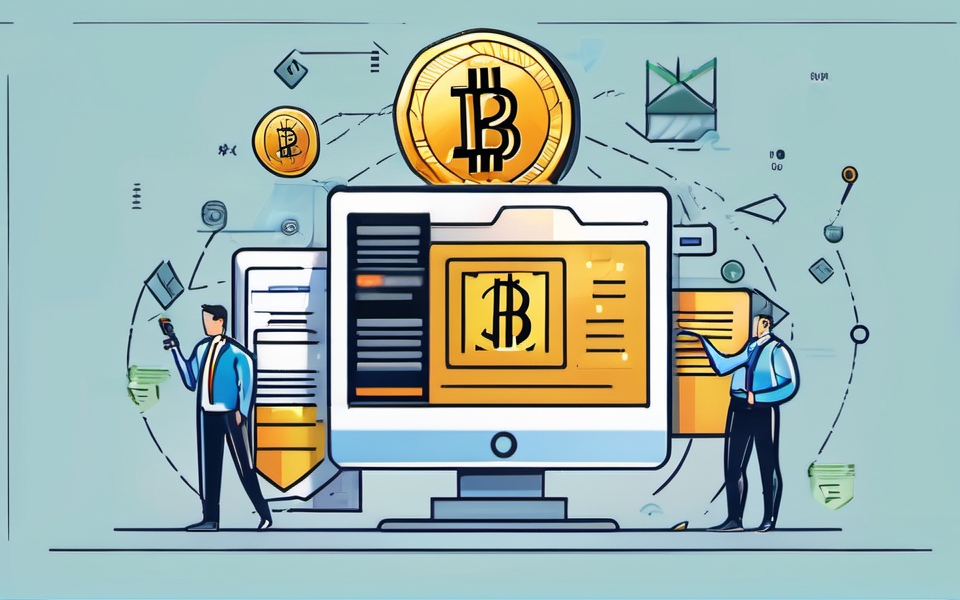Want to retire early on your cryptocurrency gains? Think again! This isn’t the Wild West anymore, and digital asset security is crucial.
Imagine your dream retirement: relaxing on a beach, sipping margaritas, and watching your cryptocurrency portfolio grow effortlessly. Sounds pretty amazing, right? But what if your hard-earned crypto was stolen in a flash by cybercriminals? The reality is, as digital assets become increasingly mainstream, the risks of theft are real.
Let’s face it: hackers love cryptocurrency. It’s a hot commodity, and the stakes are high. But we’re not just going to sit back and let them steal our hard-earned gains. We need a plan, a shield, a way to secure our crypto future.
Beyond the Basics: Taking Crypto Security to the Next Level
You’ve probably heard the basics of cryptocurrency security: strong passwords, multi-factor authentication, and cold storage. But today, we’re diving deeper. We’re exploring advanced strategies to keep your digital assets safe in the ever-evolving world of crypto.
1. Master the Art of Multi-Signature Wallets
Remember that old adage, “Don’t put all your eggs in one basket”? Well, the same applies to your cryptocurrency. Multi-signature wallets act like a secure vault, requiring multiple keys to access your assets. Think of it like a financial safe with two separate locks—it takes more than one person to access the riches inside.
Imagine you’re traveling abroad and need to access funds. With a multi-signature wallet, you can pre-approve specific transactions with your trusted travel companion. This eliminates the risk of losing your entire digital asset fortune due to a single point of failure.
** Types of multi-signature wallets:
- Hardware wallets: These wallets offer cold storage and multiple signature support, keeping your cryptocurrency safe from internet threats.
- Software wallets: Some software wallets allow multi-signature functionality, although they might not be as secure as hardware wallets due to their potential for internet connection.
- Desktop wallets: For individuals with high-value assets, these wallets provide enhanced security and multi-signature features, minimizing the risk of loss or unauthorized access.
2. Safeguard your Assets: Know Your Risk Tolerance
Just like investing in the stock market, understanding your risk tolerance is crucial for cryptocurrency security.
Here’s what to consider:
-
Are you a newbie with limited crypto experience? Stick to reliable exchange wallets that have robust security features and solid reputations.
-
Are you a seasoned trader who thrives on high-risk opportunities? You might be more comfortable with decentralized wallets, offering more flexibility but potentially requiring advanced knowledge to stay safe.
No matter your experience level, a realistic assessment of your risk tolerance is paramount. It can help you choose the best security approach for your unique situation and ensure your cryptocurrency is safe in the long run.
3. Avoid the Traps: Recognizing Social Engineering Attacks
Cryptocurrency thieves are creative creatures. They know humans are the weakest link in any security chain, which is why social engineering is a prevalent threat.
What is social engineering? It’s a psychological manipulation technique to trick you into revealing personal information or transferring your crypto into an attacker’s wallet.
Some common examples include:
* **Phishing emails and SMS messages:** Emails or texts that appear to be from a legitimate source, requesting sensitive information or guiding you to a fake website to steal your *credentials*.
* **Scams disguised as airdrops and giveaways:** Be wary of "free crypto" offers on social media that often come with strings attached or require sharing your private keys, which ultimately gives hackers full control of your *digital assets*.
How to avoid social engineering traps:
- Always verify: Check the sender’s email address or phone number carefully. If it seems suspect, delete it.
- Never share private keys or seed phrases: Treat these secrets as if they were your password to your home!
- Think before you click: If a deal seems too good to be true, it probably is.
4. Don’t Forget the Foundation: Protecting Your Digital Devices
A strong cryptocurrency security system starts with solid digital hygiene practices. Just like a good diet and exercise, keeping your devices clean and up-to-date is essential for maintaining a secure digital asset portfolio.
Essential cybersecurity tips for digital devices:
-
Strong passwords: Create unique and complex passwords for each crypto exchange and wallet.
-
Regular updates: Stay up-to-date with the latest software updates and patches for your operating systems and applications to fix vulnerabilities.
-
Antivirus software: Invest in reliable antivirus protection to shield against malicious threats and viruses that could harm your devices.
-
Firewalls: Activate firewalls on your devices to block unauthorized network access.
Your Retirement Journey: A Secure Future
Protecting your digital assets from hackers requires constant vigilance and a proactive approach. It’s like keeping a digital fortress, with strong defenses and ever-evolving strategies.
Key Takeaways
-
Embrace Multi-Signature Wallets: Protect yourself with multiple keys, ensuring access to your cryptocurrency requires more than one person.
-
Understand Your Risk Tolerance: Assess your comfort level with digital assets to choose the best security approach.
-
Avoid Social Engineering Attacks: Be wary of suspicious links, emails, and fake giveaway offers.
-
Maintain Excellent Digital Hygiene: Use strong passwords, regular updates, antivirus protection, and firewalls for secure browsing.
With these precautions in place, you can finally start enjoying your dream retirement — on the beach, with a margarita in hand, and a securecrypto portfolio that you’ve earned!









